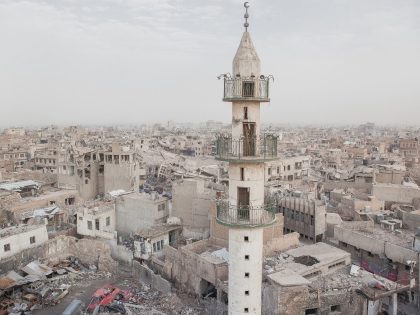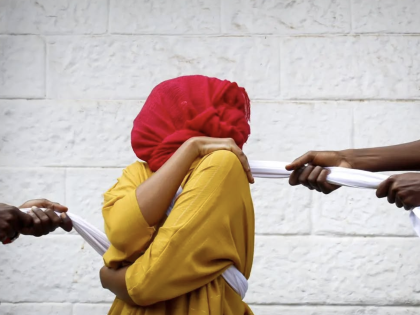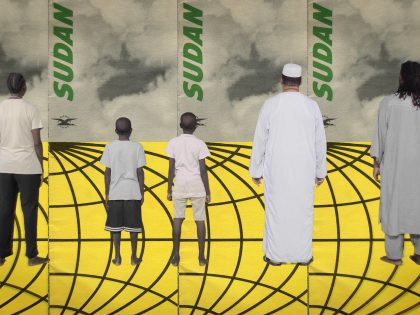Sweden’s love affair with Pippi Longstocking and “definitions” of racism

Recently The New York Times picked up on one of Sweden’s latest “race controversies”: The Swedish national broadcaster announced it would broadcast an edited version of a 1969 Pippi Longstocking TV-series. The edited version excludes a scene where Pippi plays Chinese by slanting her eyes and Pippi’s mainly absent dad is just a king instead of a ‘negro-king’.
Despite Pippi’s creator, Astrid Lindgren, confessing in a 1970 interview that she should have called Ephraim Longstocking (who, unable to carve out an existence for himself in Sweden, ventured to the Pacific’s, where he immediately became the ruler of a silly-named island populated by brown people) something else, the intervention caused a backlash among Swedes. Many felt their human rights had been trampled on. The word ‘censorship’ was mentioned, and many swore they would never watch the Pippi-series again. Others vowed to only show their children the original version of the series.
A couple of years ago, the move of offensive Tintin-comic books from the youth and children’s section in a public library caused similar reactions and evoked references to book burnings.
The people with the strongest reactions to both events are neither neo-Nazis nor members of obscure racist movements. They are ordinary white folks who ignore the link between dehumanization and killing in cold blood. It is ordinary people then who when their right to define racism is contested, start foaming at the mouth.
The closer to home – literally and metaphorically – the racism that is being addressed occurs, the more elaborate the strategies for deflection and derailment. Dismissing the concept of race as a construct (which is true but irrelevant) and claiming colour blindness is one. Referring to good intentions (claiming that engaging in blackface every November is not a substitute for cross-burning) is another. Yet others are bringing up reverse racism (as if there were such a thing) and telling people to focus on ‘real racism’ (whatever that is). For example, in defence of white South African artist Brett Bailey’s exhibition Exhibit B, in which black bodies are used to put the spotlight on the exploitation of black bodies, mainly white people have accused mainly black objectors to the oeuvre of mob hysteria.
In recent times, a recurring theme has been good white people telling good black people what is racism and what is not. Good white people rarely said ‘You’re right, let’s change that’ or ‘Let’s stop that’; instead they told black people calling out racism to sit down.
If there’s anything these last years have taught us, it is that smoking weed in public like the Dutch or being sexually super-liberated as the rumour has it that the Swedes are, doesn’t automatically make you cool, and it certainly doesn’t mean that we can trust your morals.



















